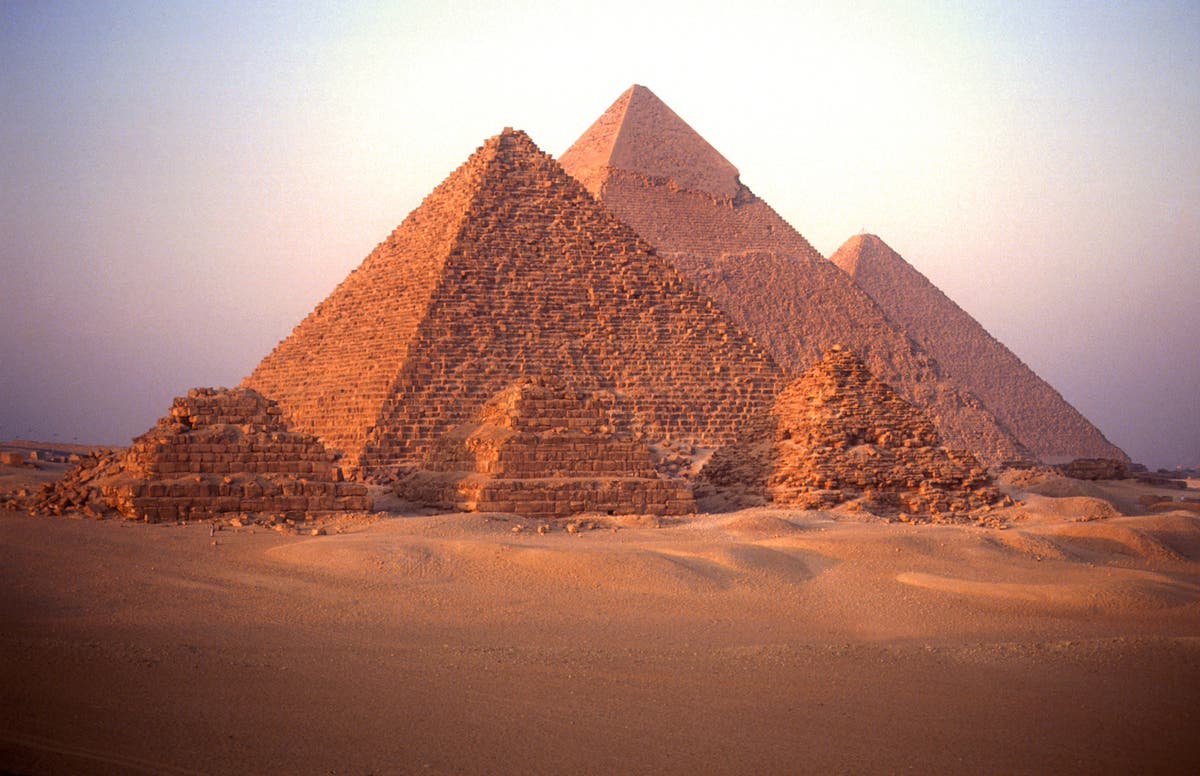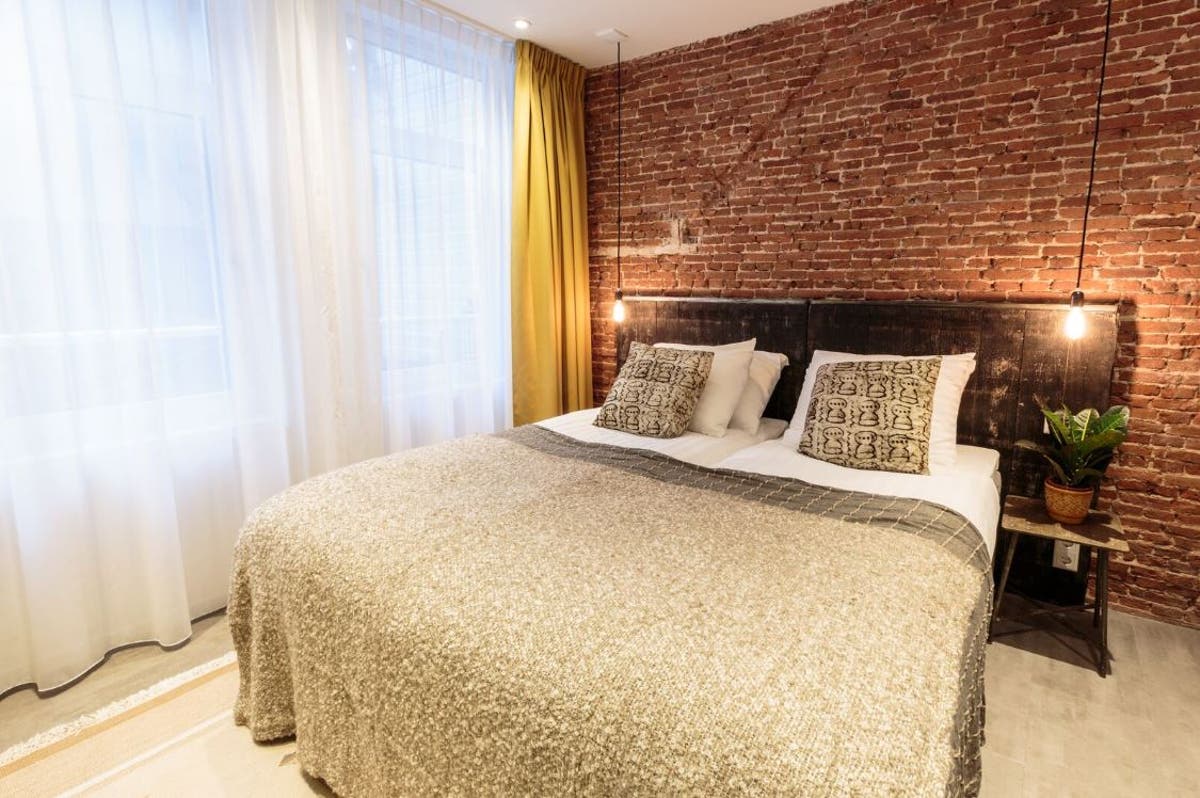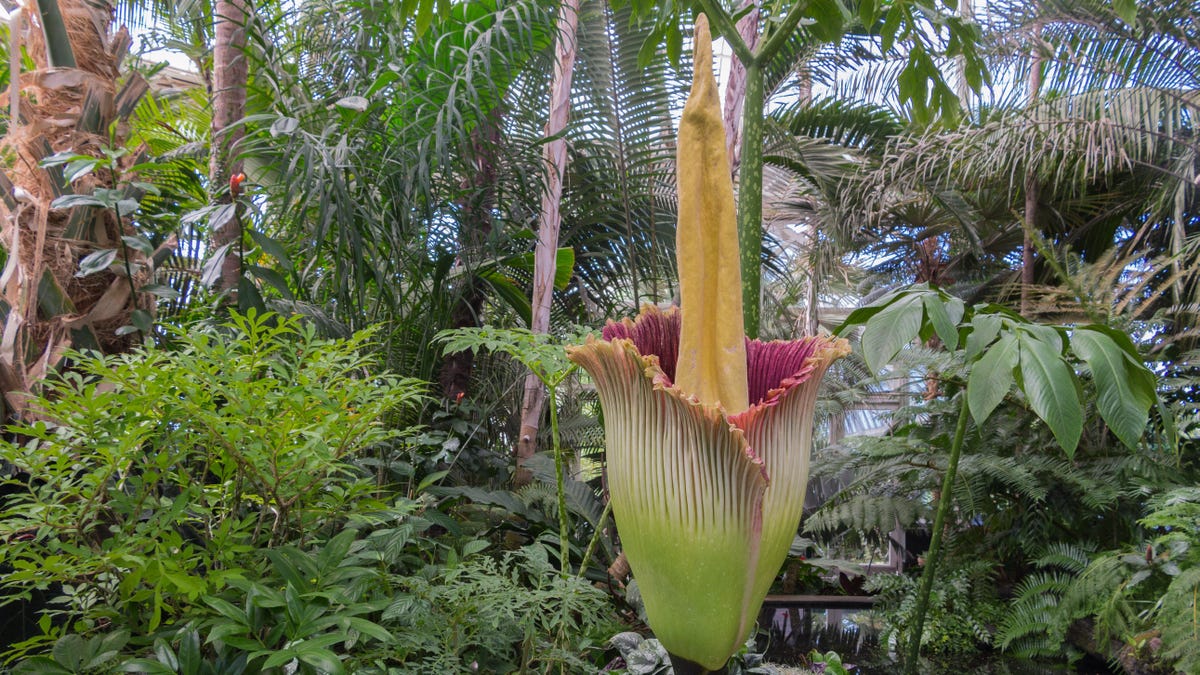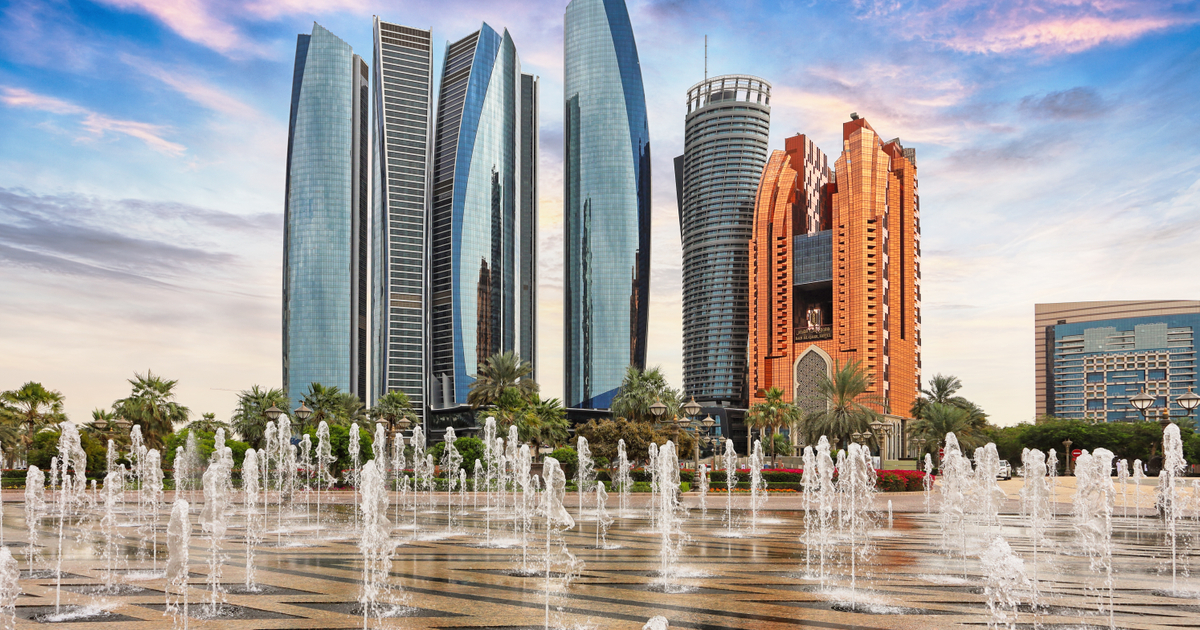6 of the best Egypt holiday destinations
Ancient sites, sprawling cities and sweltering beach resorts await

Sign up to Simon Calder’s free travel email for expert advice and money-saving discounts
Get Simon Calder’s Travel email
Egypt has a holiday appeal all its own, with its unique blend of some the world’s most famous landmarks alongside modern beach resorts that make the most of its substantial coastlines.
A country steeped in history, this North African marvel is home to some of the world’s oldest cities, from ancient Alexandria to the current capital, Cairo, where a vast network of hectic streets is overlooked by the Great Pyramids of Giza.
On the shores of the Red Sea, numerous coastal resorts offer beautiful destinations for a winter sun getaway, while cities such as Aswan provide a tranquil escape along the banks of the River Nile.
And few places can offer the same range of attractions as Egypt; there’s nowhere else where you can see a still-standing Wonder of the Ancient World before catching a cruise on the longest river on Earth, all while on your way to seeing some of the world’s oldest archaeological sites. Below, we’ve rounded up where you should go to see the best of this diverse destination.
Cairo
Cairo is is a muddle of modern skyscrapers and ancient attractions
(Getty Images/iStockphoto)
A sprawling city of over 10 million people, Cairo is a place marked by contrasts. Sitting on the banks of the famed Nile, a sea of ochre-hued buildings and modern skyscrapers rises from the sparkling waters, and in the distance the Great Pyramids of Giza cast a shadow over the city. These are still the main attraction – the only remaining Wonder of the Ancient World, their sheer size and ingenuity makes them one of the planet’s most legendary sites.
Nearby, the Grand Egyptian Museum is slated for an opening later this year, when visitors will finally be able to browse over 100,000 artefacts from ancient Egypt (not to be confused with the Egyptian Museum, a separate attraction packed with more than 100,000 items, currently including Tutankhamun’s gold burial mask).
For the best views of the city, climb the Cairo Tower. Afterwards, an hour-long wander will bring you to the bustling Khan Al-Khalili souk. Resembling a Turkish bazaar, it is replete with stalls selling everything from precious jewellery to lanterns and trinkets. The market is found on Al-Muizz, a main street filled with some of Cairo’s most important Islamic architecture, including several ancient mosques.
Read more on North Africa and Middle East travel:
Sharm el-Sheikh
Sharm is Egypt’s premier beach resort
(Getty Images/iStockphoto)
Located on the southern tip of the Sinai Peninsula, Sharm El-Sheikh is one of Egypt’s famed Red Sea beach resorts. It’s a consistently warm place, with average highs reaching up to 33C in August and staying around 20C even in January, so it’s a good choice for those hunting for winter sun.
You won’t find the museums of Cairo or the ruins of Aswan here. Rather, a collection of resort hotels – from the up-market to the family-friendly – cater to guests in search of rest, relaxation and laid-back activities such as exploring local beaches or a nearby national park. Sharm el Maya is the old town district, the heart of which is an old market that blends European influences with the old souks of the Arab world.
Some of the best beaches for families include Naama Bay, Nabq Bay, Shark’s Bay and Farsha Beach. Visitors will find fine golden sands and clear blue waters – most of which are suitable for swimming and water sports – along with several shops, restaurants and some nightclubs. Thanks to the Red Sea’s plethora of coral reefs and marine wildlife, diving is also very popular in the area; the Ras Mohammed National Park, the Straits of Tiran and the sunken SS Thistlegorm are all popular sites.
Luxor
Luxor sits in the east of the country on the banks of the Nile
(Getty Images)
Sometimes referred to as “the world’s greatest open-air museum”, Luxor is the site of several monuments and ruins dating back to Egypt’s New Kingdom. It sits on the site of the ancient city of Thebes, once an Egyptian capital, that has been inhabited since 3200BC. Laid out across the opposing banks of the Nile, Luxor is a modern-day showcase of some of the most grandiose remnants of ancient Egypt.
The East Bank is the side of the living, where modern Luxor stands alongside the temples of Luxor and Karnak. The former is a sandstone temple that is believed to have been where pharaohs were crowned and was constructed over a period of hundreds of years (added to by Ramesses II and Tutankhamun), while the latter – connected to Luxor via the Avenue of Sphinxes – is a vast complex of columns and shrines that served as the area’s main place of worship as long ago as 2000BC, and is particularly resplendent during evening visits.
Across the Nile lies the West Bank, where burial sites and memorial temples are located. The most famed is the Valley of the Kings, where pharaohs and powerful nobles were buried over a period of almost 500 years. Perhaps best known as the place where Tutankhamun’s tomb was discovered in 1922, the Valley contains over 60 tombs, with extensive and intricate decorations, carvings and hieroglyphs along many sections. The nearby Valley of the Queens is where pharaohs’ wives were buried, and the main sight is the Tomb of Queen Nefertari, with eye-catching decoration that includes detailed artworks adorning its walls. There are several impressive mortuary temples too, such as those dedicated to Ramesses II and Hatshepsut.
Hurghada
Hurghada remains warm throughout winter
(Getty Images/iStockphoto)
A good location for a more affordable winter sun break, Hurghada is another Red Sea resort that is known for its beaches and dive spots. Sitting on the eastern coast almost parallel to Sharm El-Sheikh, what was once a small fishing village is now a large town with beach resorts, all-inclusives and a range of natural sites to explore.
The town has a picturesque marina area that is lively in the evenings, and the nearby Sakkala area – and Sheraton Street in particular – is the place to go for shopping. El Mamsha best caters to tourists, with waterfront promenade areas that contain many of the newer hotels.
Hurghada is a popular – and affordable – diving destination and there are dozens of beaches with white sands and crystalline waters, especially around Giftun Island and its National Park, which can be visited on a day trip for as little as £20 (including travel and lunch). Away from the coast, the town is just a short drive from the Nile, where those leaving Hurghada can cruise down to Luxor or Aswan. The surrounding desert provides a great opportunity for day excursions, which can take the form of camel rides, 4X4 safaris or quad bike tours, though many choose to spend an evening camping in Bedouin campsites and having a traditional dinner under the stars.
Aswan
Aswan is markedly different to other popular Egyptian destinations
(Getty Images/iStockphoto)
Once ancient Egypt’s southern frontier and the gateway to Africa, Aswan is a city that is markedly different to other popular Egyptian destinations. Bisected by the Nile, it has an attractive, oasis-like appearance, with plentiful desert vegetation by the river banks surrounded by golden, arid hills and desert terrain.
More laid-back than other cities, Aswan is often visited at the end of a Nile cruise. You won’t find busy streets and mobbed tourist attractions, so the city is perfect for exploring at a more relaxed pace. Start at the Sharia As Souk, mainly characterised by the presence of local and traditional products such as Sudanese swords or Nubian talismans and baskets (made by Nubian people, indigenous to the region around the central Nile valley). From there you can stroll down the corniche promenade – a great place for watching the sunset over the Nile – before carrying on to the Nubia Museum to learn about 6,000 years of Nubian history.
Across the water lie Kitchener’s Island – a more verdant islet that is home to the city’s picturesque Botanical Gardens – and Elephantine Island, the site of the Ruins of Abu, a settlement that has existed since pre-historic times and contains the ruins of temples, cemeteries and old colonies. Slightly further south down the Nile lies the Philae Temple, a complex of temples that dates back to around 300BC and is the region’s best-preserved relic. These island trips also come with the bonus of a short ride across the waters in a felucca, a traditional wooden sailing boat.
Alexandria
Alexandria was once home to one of the Seven Wonders of the Ancient World
(Getty Images/iStockphoto)
Founded by Alexander the Great in 331 BC, Alexandria has had a tumultuous history since its inception. Rising from modest settlement to ancient Egyptian capital and then falling due to earthquakes and floods, the city is now the largest in the Mediterranean, though unfortunately few visible remnants of its past remain.
Today, Alexandria is a sea of high-rise buildings that hides various ancient sites and sees almost-constant uncovering of new ones. Notable well-preserved sites include Pompey’s Pillar (a Roman triumphal column), the Catacombs of Kom El Shoqafa (a labyrinth of Romano-Egyptian chambers) and the remains of a Roman amphitheatre and baths, though much is still being excavated.
For an afternoon stroll, head to the Montazah Palace and its gardens or the corniche and harbour area. Take a wander through any of the city’s markets, such as the Souk Al Khreit and the El Attarine, before getting your cultural fix at the National Museum (which teaches visitors about the history of both Egypt and Alexandria) and the new Alexandria Library – opened in 2002 to commemorate the ancient version, it houses over eight million books and various exhibits relating to both modern and historic Egyptian art and artefacts.
Read our reviews of the best winter sun hotels

 Tfoso
Tfoso 
































